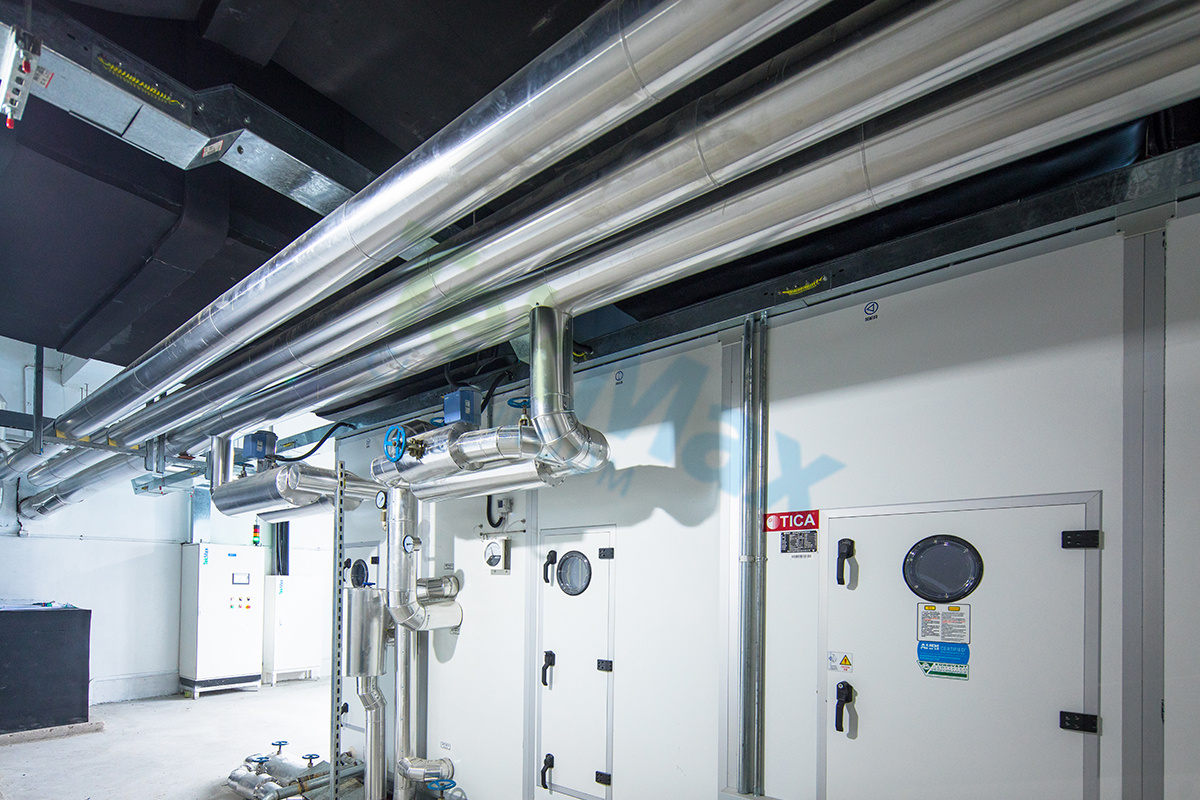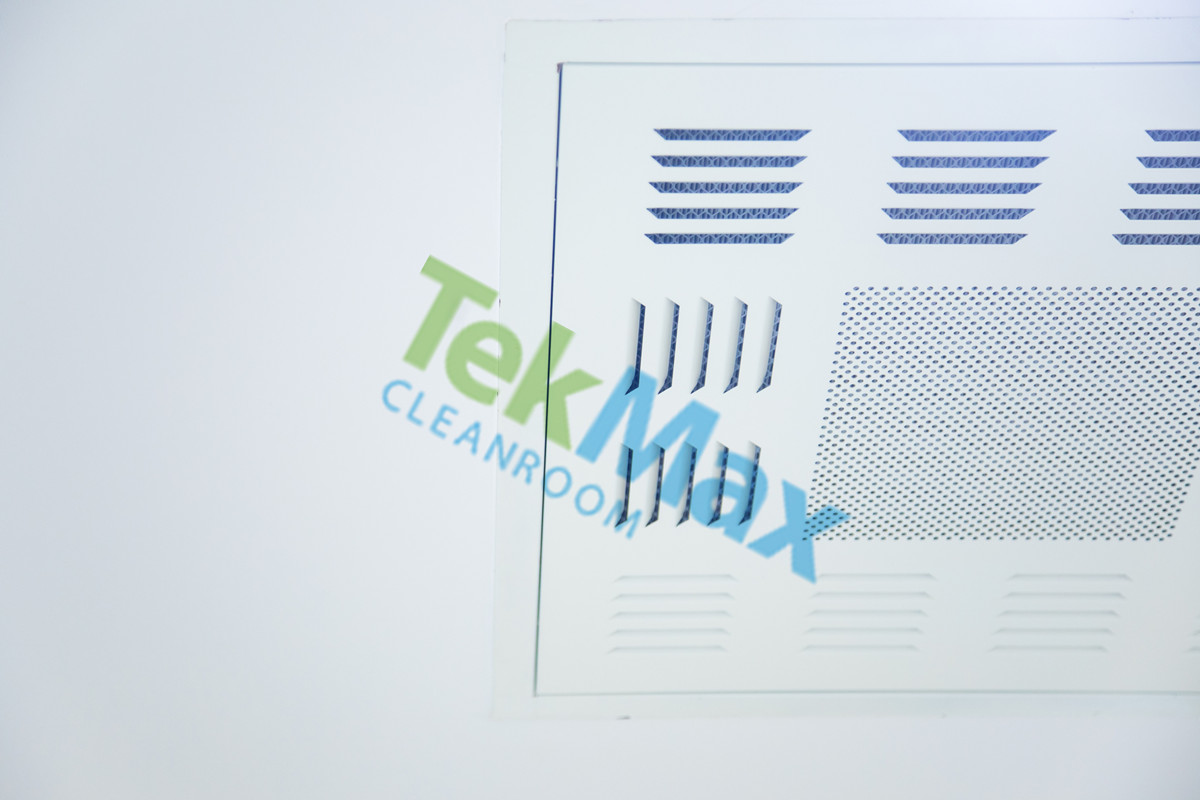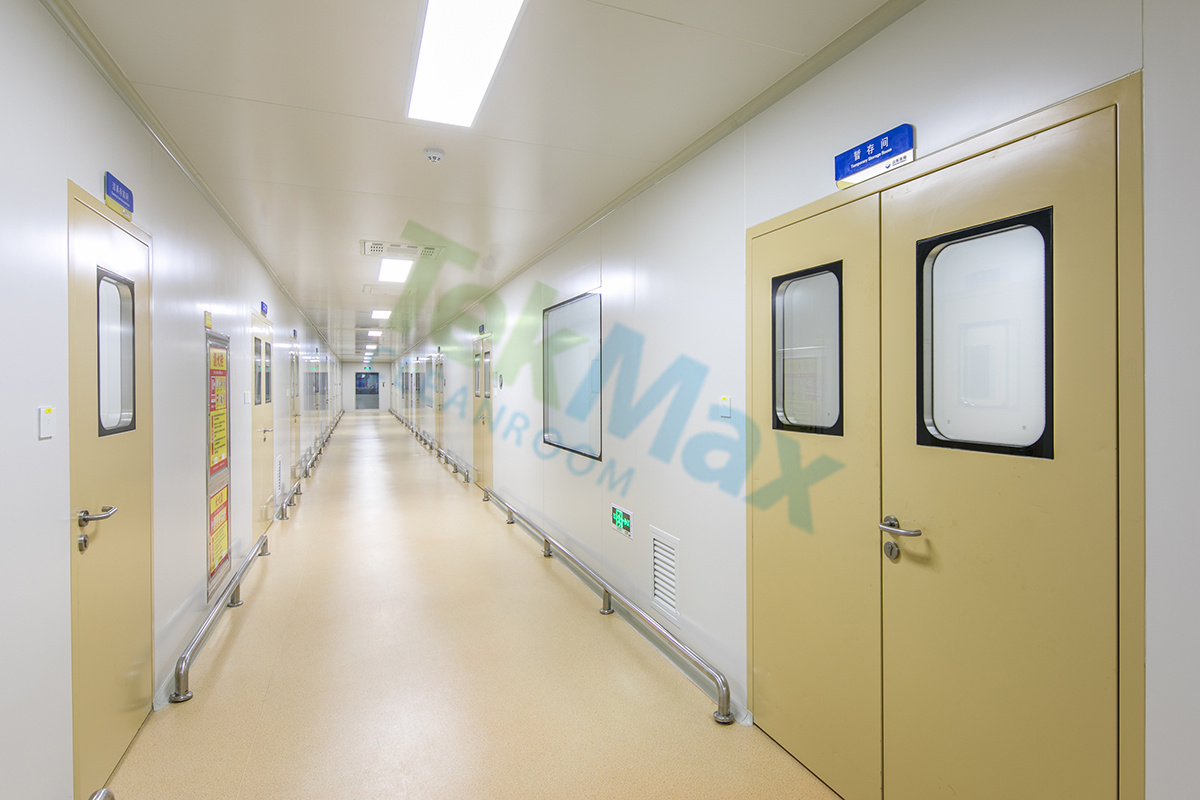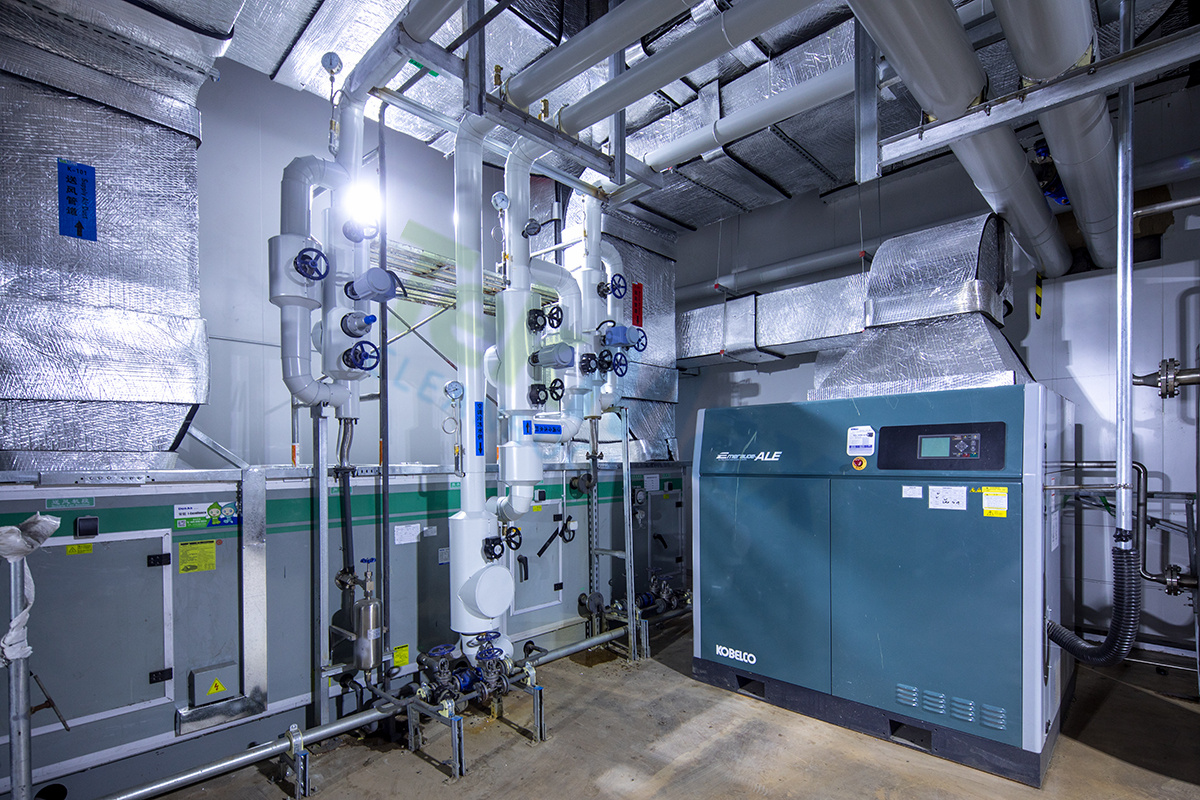Professional China Air Conditioning Automatic Control System - Computer control system – TekMax
Professional China Air Conditioning Automatic Control System - Computer control system – TekMax Detail:
Due to the development of computer technology, control technology, communication technicians and image technology, the application of microcomputer control technology in the automatic control of refrigeration and air conditioning has become more and more common. After the traditional control system is introduced into the microcomputer, it can make full use of the computer’s powerful arithmetic operations, logic operations and memory functions, and use the microcomputer instruction system to compile software that conforms to the control law. The microcomputer executes these programs to realize the control and management of the controlled parameters, such as data acquisition and data processing.
The computer control process can be summarized into three steps: real-time data acquisition, real-time decision-making and real-time control. The continuous repetition of these three steps will enable the entire system to be controlled and adjusted according to the given law. At the same time, it also monitors the controlled variables and equipment operating status, faults, etc., limits alarms and protections, and records historical data.
It should be said that computer control in terms of control functions such as accuracy, real-time, reliability, etc. is beyond analog control. More importantly, the enhancement of management functions (such as alarm management, historical records, etc.) brought about by the introduction of computers is beyond the reach of analog controllers. Therefore, in recent years, in the application of automatic control of refrigeration and air-conditioning, especially in the automatic control of large and medium-sized air-conditioning systems, computer control has been dominant.
Product detail pictures:
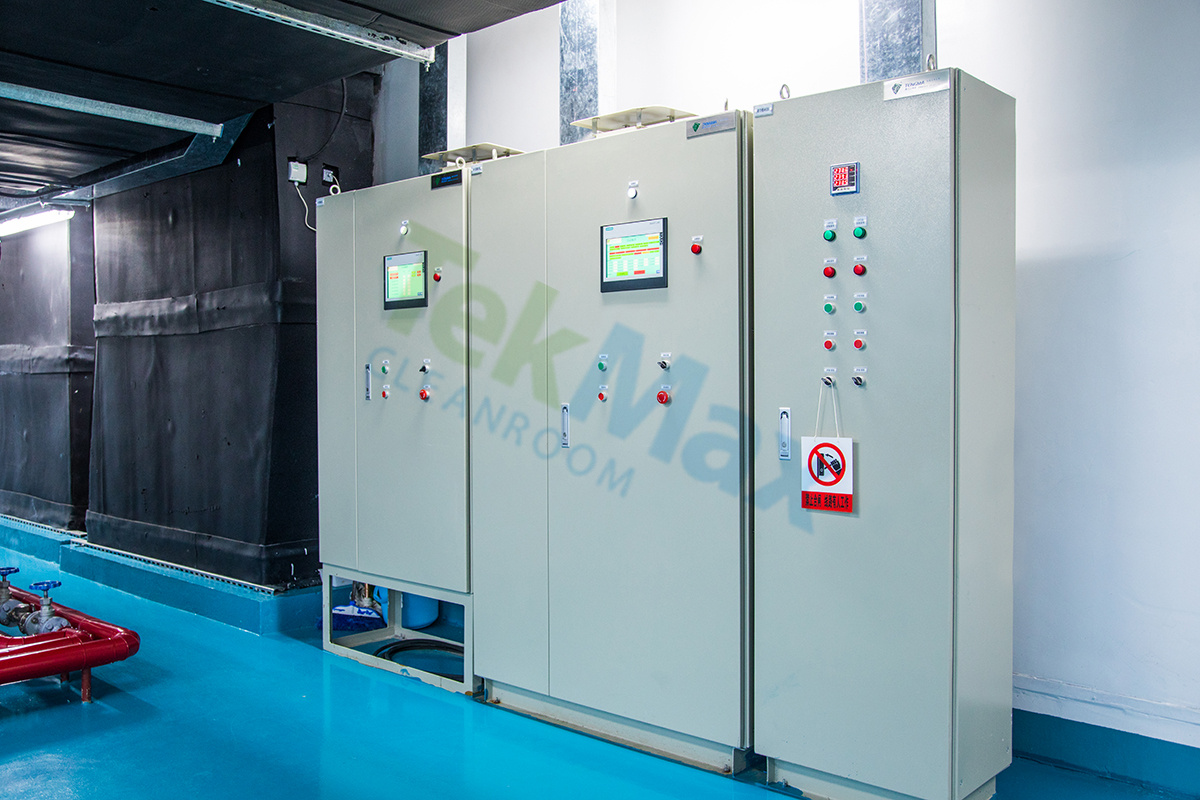
Related Product Guide:
With a positive and progressive attitude to customer's curiosity, our organization repeatedly improves our products top quality to meet the wants of consumers and further focuses on safety, reliability, environmental necessities, and innovation of Professional China Air Conditioning Automatic Control System - Computer control system – TekMax , The product will supply to all over the world, such as: Hyderabad, Philippines, New Orleans, We honor ourselves as a company that comprises of a strong team of professionals who are innovative and well experienced in the international trading, business development and product advancement. Moreover, the company stays unique among its competitors due to its superior standard of quality in production, and its efficiency and flexibility in business support.
This manufacturers not only respected our choice and requirements, but also gave us a lot of good suggestions, ultimately, we successfully completed the procurement tasks.

